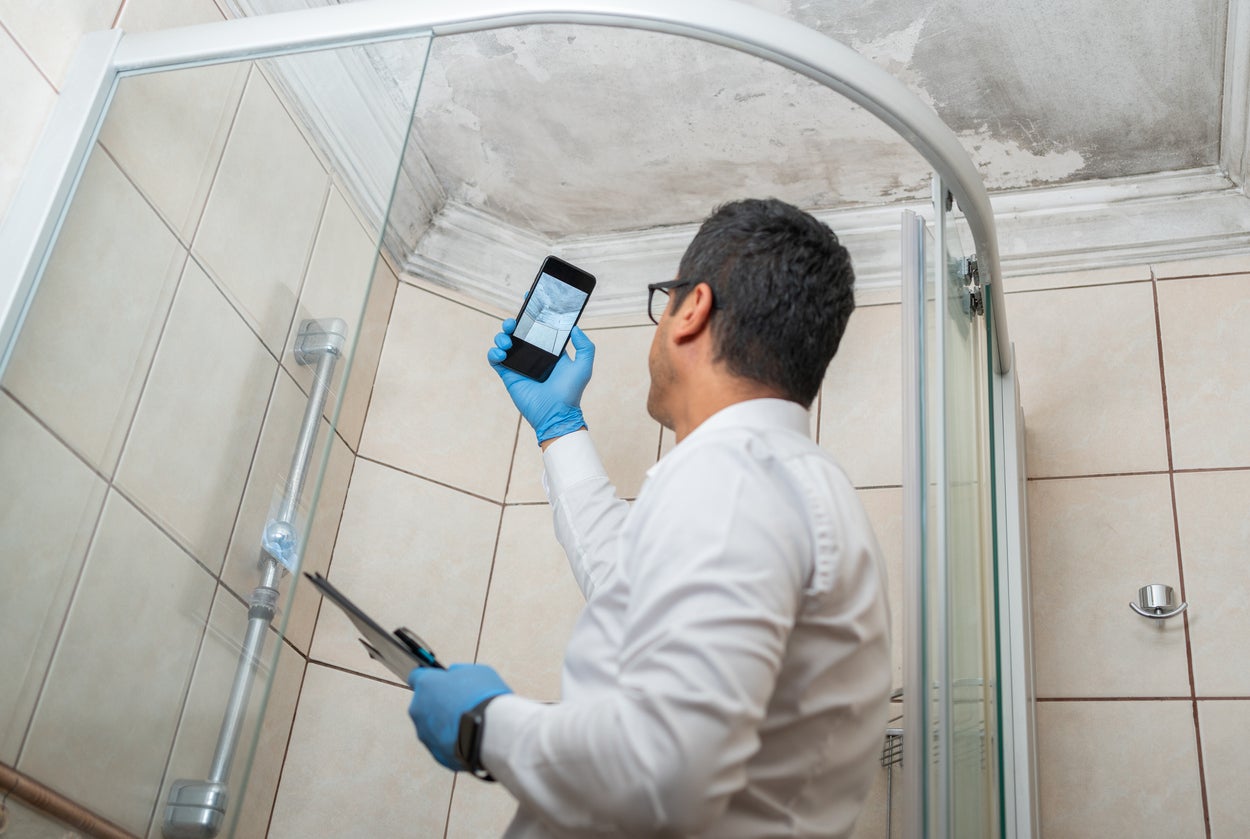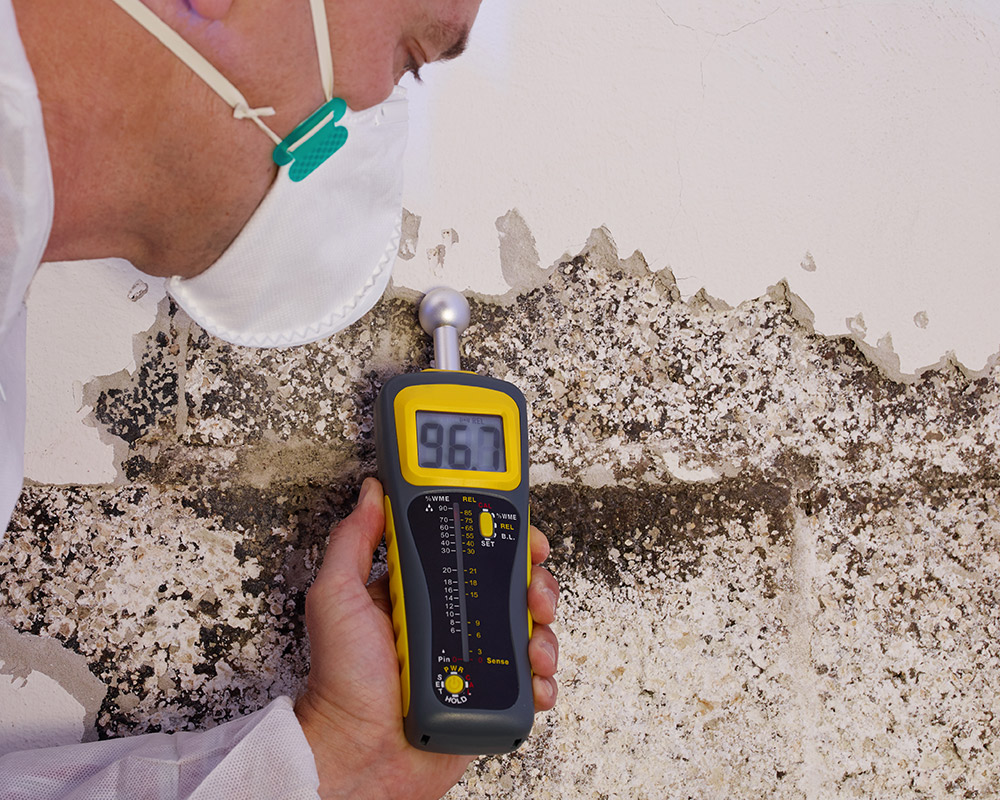Making Sure Post Remediation Verification Accuracy
Your Ultimate Guide to Post Mold And Mildew Removal Methods
In the results of mold invasion, recognizing exactly how to successfully eliminate the mold and mildew and stop its reoccurrence is extremely important for keeping a healthy and balanced interior environment. From picking the ideal cleaning and sanitizing approaches to executing methods for lasting mold avoidance, each action in the remediation journey plays a vital role in making sure an effective end result.
Recognizing Post-Mold Remediation Process
After finishing the mold and mildew removal process, it is vital to comprehend the post-mold remediation techniques that are required to ensure a effective and thorough cleaning. When the mold and mildew has been removed, the following step involves cleaning and sanitizing the affected locations to stop any regrowth of mold. This consists of utilizing specialized cleaning representatives to wipe down surfaces and eliminate any continuing to be mold spores. It is necessary to dry the location completely to discourage the growth of mold and mildew in the future (what to do after mold remediation). Appropriate air flow and dehumidification can assist in this process.
Moreover, performing a final examination post-remediation is essential to guarantee that all mold and mildew has been efficiently eliminated. This inspection ought to include a detailed aesthetic check as well as potentially air tasting to validate the lack of mold spores in the air. Extra removal might be needed if the examination discloses any remaining mold. Finally, informing owners on safety nets such as regulating wetness degrees and without delay addressing any kind of water leakages can help preserve a mold-free environment.
Efficient Cleansing and Decontaminating Techniques

Protecting Against Future Mold And Mildew Development

Value of Appropriate Air Flow
Appropriate ventilation plays an essential function in avoiding moisture accumulation, a key aspect in mold and mildew development within indoor environments. Effective air flow systems assist get rid of excess humidity from the air, lowering the chances of mold and mildew spores finding the dampness they need to spread and germinate. Without appropriate ventilation, indoor rooms can become a reproduction ground for mold, bring about potential health and wellness threats and structural damages.
By ensuring appropriate air blood circulation, ventilation systems can also assist in drying damp areas quicker after water damage or flooding cases, further discouraging mold and mildew development. testing air quality after mold remediation. Precede like washrooms, attics, basements, and kitchen areas where wetness degrees often tend to be greater, setting up and keeping reliable air flow systems is crucial in avoiding mold and mildew problems

Tracking and Maintenance Tips
Given the critical duty that appropriate air flow plays in avoiding mold development, it is critical to establish effective monitoring and upkeep suggestions to ensure the ongoing functionality of air flow systems. Normal assessments of ventilation systems must be conducted to examine for any kind of indications of clogs, leaks, or breakdowns that could hinder proper air flow. Monitoring humidity degrees within the residential or commercial property is additionally crucial, as high moisture can contribute to mold development. Installing a hygrometer can aid track humidity degrees and sharp house owners to any spikes that might need focus. In addition, guaranteeing that air filters are regularly cleaned up or replaced is necessary for maintaining the effectiveness of the air flow system. Implementing a routine for regular maintenance tasks, such as air duct cleansing and heating and cooling system inspections, can assist protect against issues before they rise. By remaining positive and conscientious to the problem of air flow systems, residential or check my reference commercial property owners can properly mitigate the risk of mold regrowth and preserve a healthy and balanced interior setting.
Conclusion
To conclude, post-mold remediation techniques are essential for guaranteeing a risk-free and clean setting. Comprehending the process, executing effective cleansing and sanitizing methods, preventing future mold and mildew development, preserving proper ventilation, and regular surveillance are all important steps in the removal process. By following these standards, you can efficiently eliminate mold and mildew and avoid its return, functioning or advertising a healthy living room for all passengers.
In the aftermath of mold problem, understanding just how to efficiently get rid of the mold and avoid its reoccurrence is critical for keeping a healthy interior setting. When the mold and mildew has been gotten rid of, the next action entails cleaning and decontaminating the impacted locations to avoid any kind of regrowth of mold - Post Mold Remediation. After getting rid of visible mold development, it is critical to clean all surfaces in the damaged area to get rid of any type of continuing to be mold spores. To additionally improve mold and mildew avoidance measures, it is vital to resolve underlying issues that at first led to mold and mildew growth.Offered the critical function that proper ventilation plays in avoiding mold and mildew development, it is essential to establish efficient article surveillance and maintenance tips to guarantee the continued functionality of air flow systems